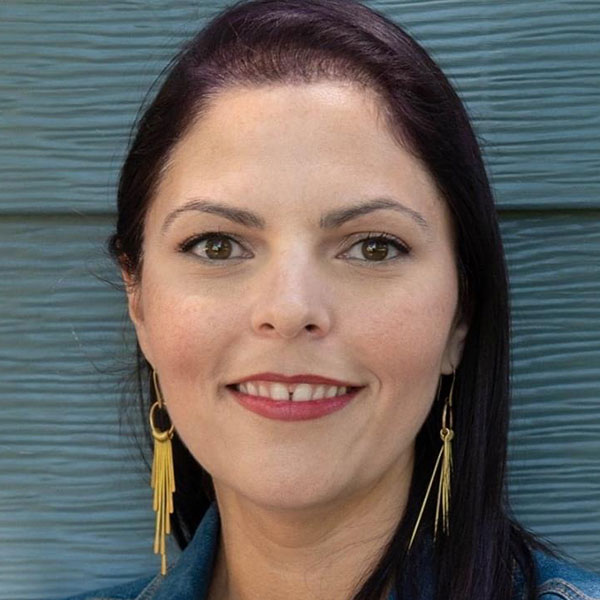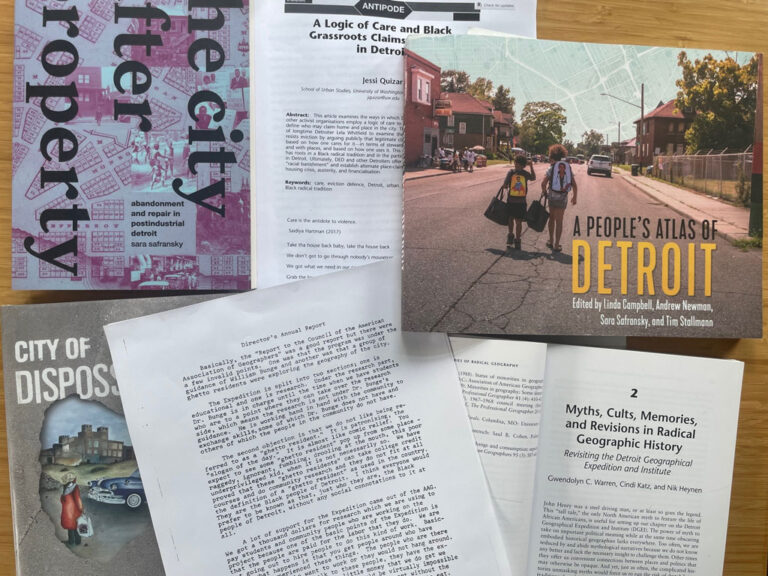Program Profile: Lakeland Community College’s Geography and Geospatial Technology Program
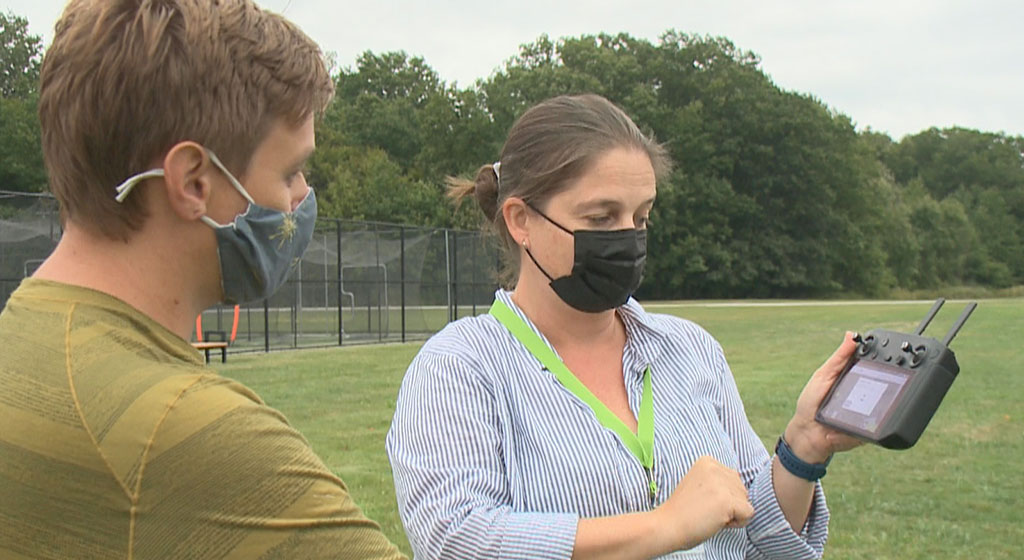
“Keeping up with technological change in the industry is key to our program,” explains Bobby Oliver, M.A., GISP professor and department chair for the Geography and Geospatial Technology program at Lakeland Community College (LCC) in Kirtland, Ohio. “We’re constantly updating and revising our curriculum to meet all of the changing needs, to ensure our students have access to the most current and advanced geospatial technologies out there.”
At LCC, keeping pace with the geospatial industry is essential to ensure the success of the hundreds of students who enroll in the Geography and Geospatial Technology program. Not only do Oliver and the LCC faculty accomplish this goal, but they do it well. In 2020, the program was recognized with the AAG Award for Associates Program Excellence. We asked Oliver what it was that made them stand out from the rest and her response was threefold: service-learning opportunities, a community engagement focus, and a highly connected professional network.
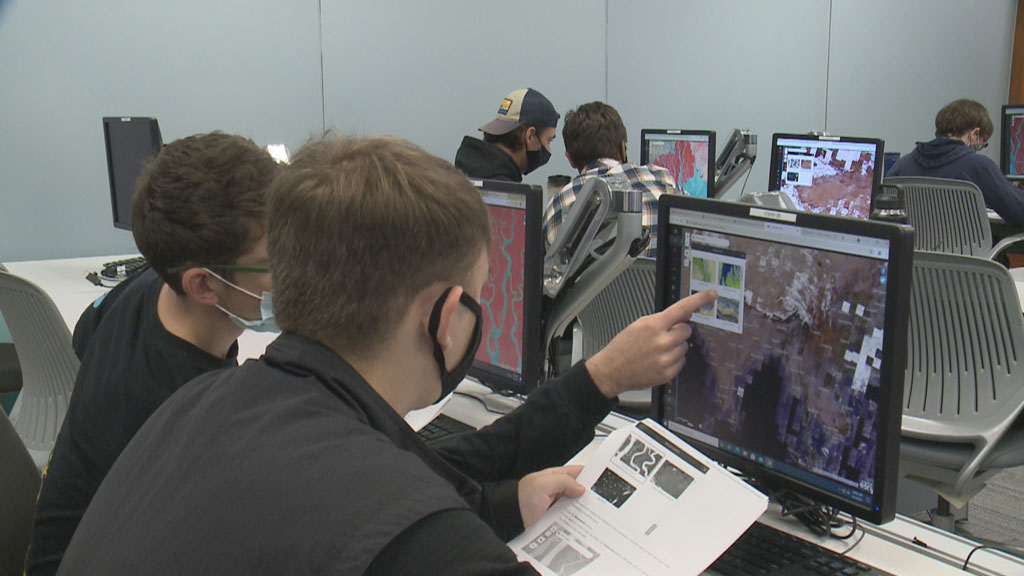
Community-oriented learning as a pathway to excellence
Since the program’s inception in 2011, LCC geography students have completed service-learning projects with the Greater Cleveland Food Bank, the City of Euclid’s Shore Cultural Center, and many other Cleveland-area nonprofit organizations. In response, these projects have often translated into internship opportunities for students.
We do a lot of community and college-wide engagement and make it a goal to create service-learning projects for students. We require our students to go out and be part of professional organizations within the community.
—Bobby Oliver
The involvement of LCC students within the local Cleveland community facilitates a symbiotic relationship centered around the value of a geographic education. For Oliver, this is a key component to the program. It enables students to apply their growing knowledge and skills in the real world while also building connections and bringing awareness to organizations that may not have previously understood the value of geography.
Finding success through championing the students and championing the program
Program faculty have also taken a proactive, integrative approach to teaching students about how the skills they’re learning in the classroom translate to professional careers, something geography students often aren’t aware of. Internships with local employers, job shadowing, alumni engagement, and professional meetings are well engrained elements of the program. “We have what’s called a career service checklist our students go through within each one of the courses in their program,” explains Oliver. “All of these things have helped build their job search skills for when they hit the job market.”
Developing and maintaining relationships with local professionals working in geography, GIS, and other related professions has been critical to the program’s success. Many of these professionals are on the program’s advisory board, which has strong and diverse representation from the public, private, and nonprofit sectors. This has the added benefit of ensuring that students learn on the latest software platforms used by industry professionals.
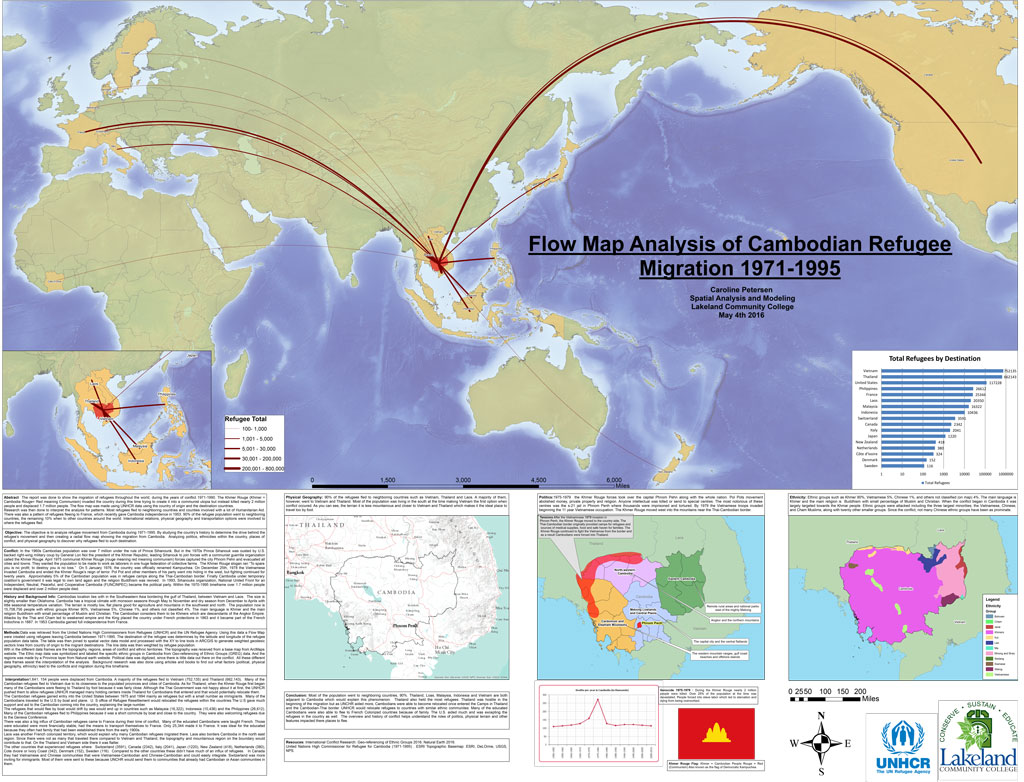
How increased visibility is essential to program viability
As with many geography programs, maintaining strong enrollments is the foremost challenge the program faces, and the COVID-19 pandemic has only added to the difficulty of recruiting and retaining students. However, Oliver and other program leaders have developed innovative solutions to attracting students, by exploring opportunities with other departments on campus, leveraging a dual enrollment program with area high schools, and making ongoing efforts to increase the program’s visibility on campus and in the community.
For our program to be successful, we have to make sure that people see what we’re doing, and how it impacts our community. Making sure the campus is aware that we’re here and [that] what we do is very essential—especially when it comes to [LCC’s] enrollments and long-term viability.
—Bobby Oliver
Video of LCC alumni Caroline Peterson sharing her experience in the LCC GIS program and how she uses those skills in her career.
An annual GIS Day event, Women in GIS luncheons, presentations to the Math Club and Model U.N., and collaborative projects with other departments across campus have all helped to highlight the program’s value. “We’re really trying to get the students to see how our community and region use GIS, and how geographic and geospatial skills are used in real jobs,” says Oliver. “These are the things that I feel really put us ahead, for a two-year program.”
